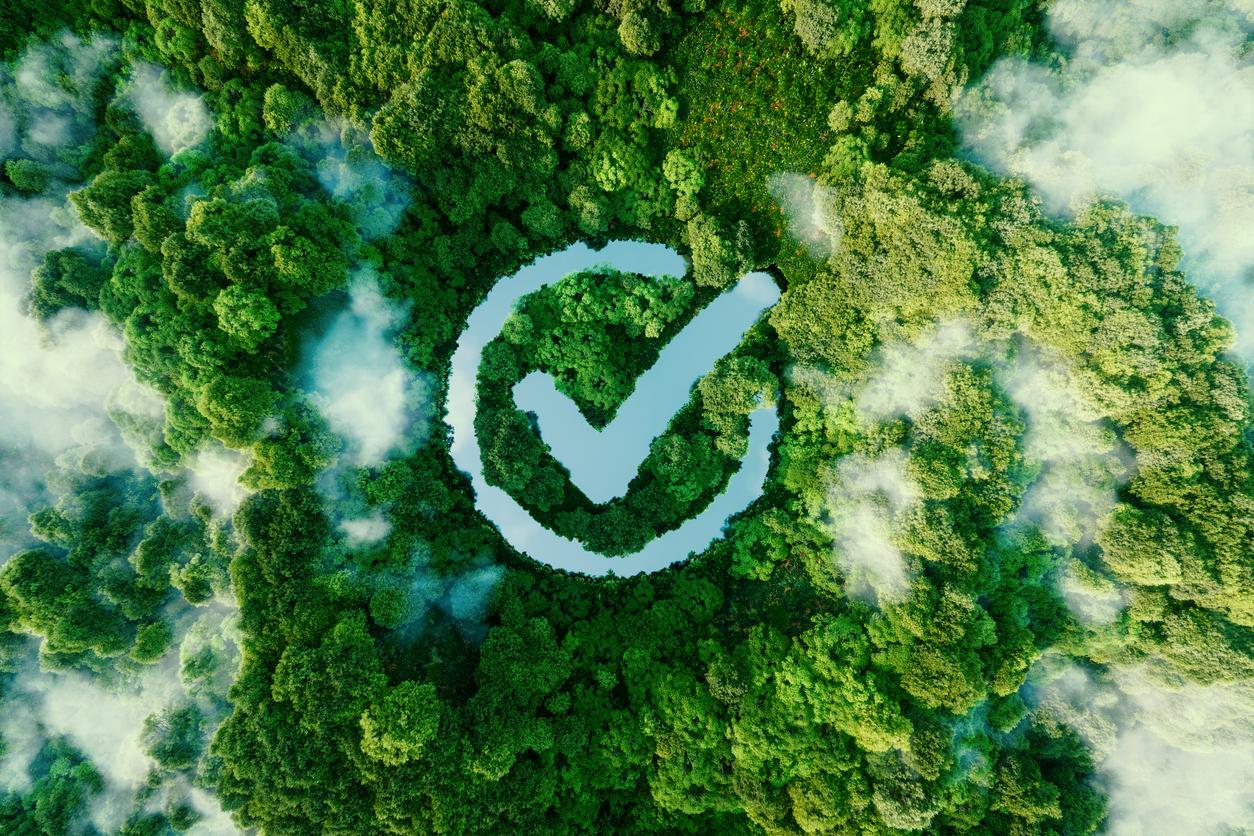"We are seeking to integrate more nature-based solutions into all phases, from exploration through operations and into closure. But I would say it is also a challenge because it implies a cultural shift in the company that traditionally, we've gone to human-engineered solutions to our problems or to our challenges, and now it's working with people at all levels of the organization to help them think more broadly as to whether nature can help us in the challenges that we're facing." – Carleigh Whitman, Head, Nature & Closure at Teck Resources Limited
Magali Gable, Director of Sustainable Finance, and Alice Bao, Senior Advisory, Sustainability, sat down with Carleigh Whitman to discuss how companies are incorporating nature into their decision-making and more.
Listen to our ~15-minute episode
Sustainability Leaders podcast is live on all major channels including Apple and Spotify.
